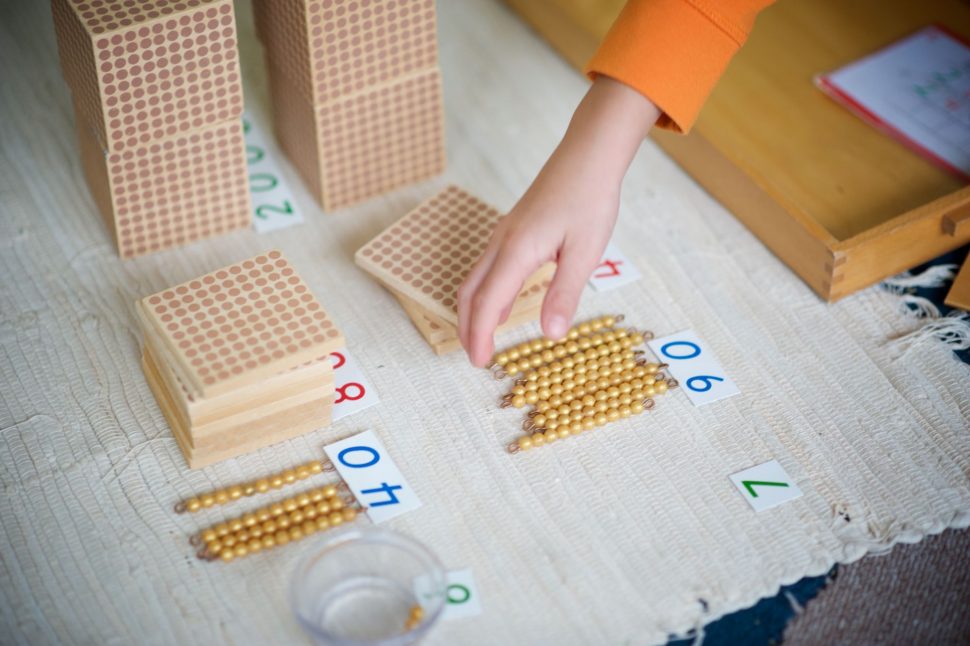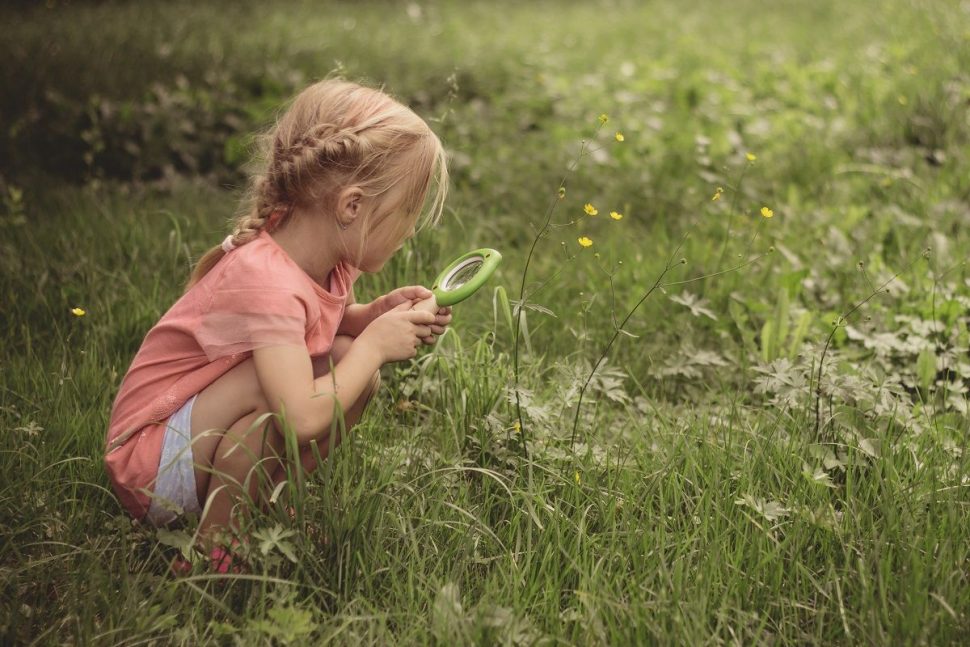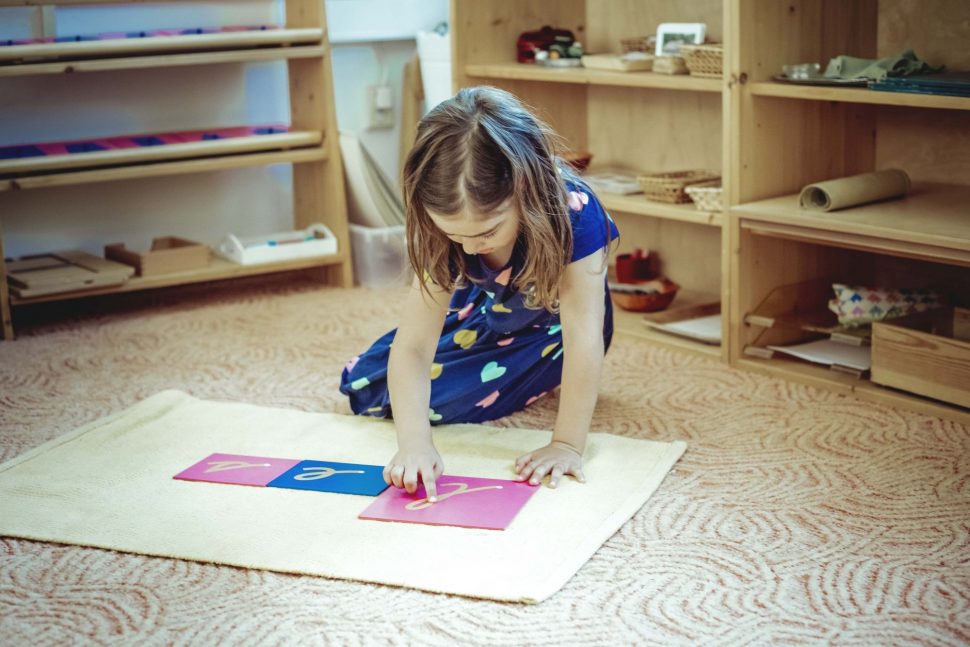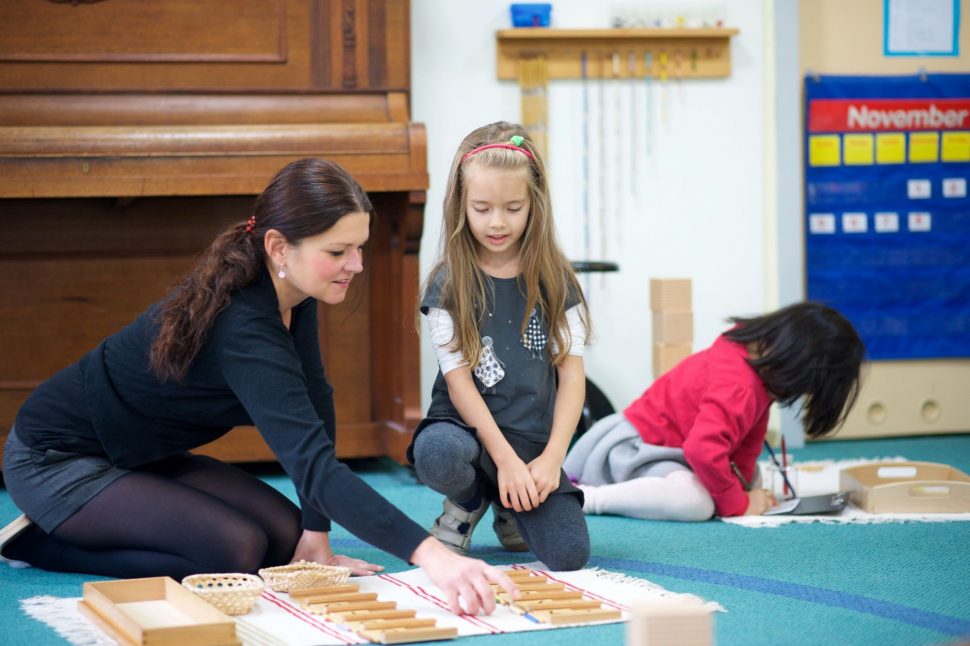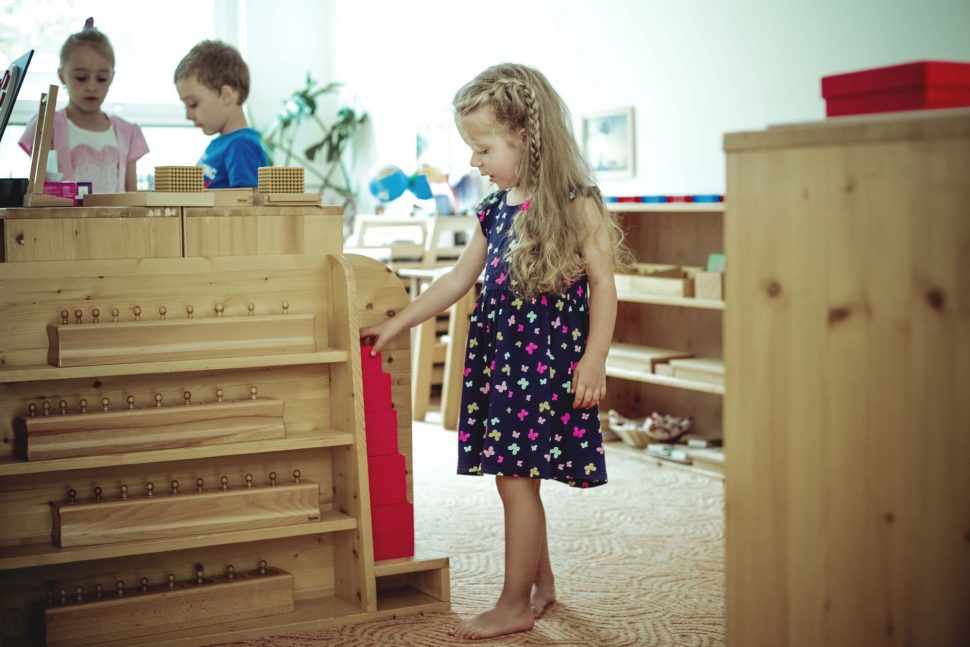When we imagine a Montessori classroom, it’s often a peaceful indoor space-filled with natural light, soft shelves, and carefully prepared materials. But what if that classroom rolled on three wheels through narrow streets, parked in front of homes, and opened its doors to children where they lived? This is not a thought experiment. It’s a story born from real...
Read more
On the development of foundational mathematical skills and concepts, why the mainstream notion of math education fails most students, and what can we do about it as parents and educators.
Read more
It is true that Montessori classrooms lack the traditional “pretend play” toys and equipment, like play kitchens and play tools, play castles or stuffed animals. This is not because we don’t value imaginative play – quite the opposite. But we prefer to give the children different tools and opportunities for it.
Read more
Chances are, if you’re learning about Montessori, you have heard about the three-period lesson. But can you really define what it refers to?
Read more
You understand the essentials, you are committed to a Montessori Education, you know your accrediting organizations , and you are looking at schools. How can you tell you found the right one?
Read more
Montessori schools don’t divide their school days individual subjects; instead, the students choose from individual lessons and exercises available to them throughout the day. So how is the curriculum organized?
Read more
A Montessori classroom is usually home to a three-year span of ages: children from three to six years in the Casa, six to nine years old in Lower Elementary, nine through twelve in Upper Elementary. Why is that?
Read more 
